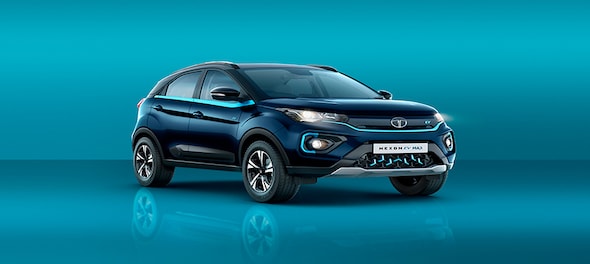
Have you been planning to switch to an electric car but held back because you have to pay a lot more to acquire an EV car versus your fuel-engine car upfront? For instance, Tata Nexon EV is way more expensive than the Tata Nexon petrol or diesel versions.
However, brokerage firm CLSA believes that the sports utility vehicle (SUV) segment within the passenger vehicle segment is likely to shift to electric at a rapid pace with 25 to 30 percent of SUVs demand switching to electric by FY27 to FY30 as the breakeven period continues to come down, as per its latest note on Thursday.
The brokerage said the cost of ownership for EV SUVs is quite attractive when compared to the usual internal combustion engine (ICE) models. The breakeven, which is the increased cost of ownership minus the amount saved on fuel on an annual basis, for EV SUVs is about two to four years on average.
According to CLSA’s analysis of Nexon petrol versus Nexon EV Prime, the breakeven of the latter is close to about three years and four months and if one takes the higher end model, the breakeven should be in about five and a half years.

When compared to the diesel version, for the lower-end variant, the EV’s breakeven would be in about two to three and a half years and if one goes for the premium end variants between petrol and diesel, it's close to about five years on an average, according to the brokerage.

This implies, if one wants to switch to EV and buy a lower-end EV version, against either petrol or diesel, then the breakeven is as low as two to three and a half years, which is why analysts say the rise of electric vehicles is going to be inevitable in SUVs.

CLSA believes Tata Motors and Mahindra and Mahindra (M&M) are likely to lead the race in the electrification of the SUV segment as they have the first-mover advantage. They're launching eight to 10 new models each in the electric segment over the next five years.
Both automakers are spending close to about Rs 100 billion to Rs 150 billion over the next five years for electric vehicle cars. Between the two, both firms will command about 65 percent of the market share by FY27, the brokerage projected.
Watch the accompanying video for more
Check out our in-depth Market Coverage, Business News & get real-time Stock Market Updates on CNBC-TV18. Also, Watch our channels CNBC-TV18, CNBC Awaaz and CNBC Bajar Live on-the-go!


PM Modi, Rahul Gandhi election rallies in Delhi today: Here are the routes to avoid
May 18, 2024 11:28 AM
Celebrity Kangana vs 'royal' Vikramaditya on Himachal's Mandi seat: Clash of richest titans
May 18, 2024 11:11 AM
2024 Lok Sabha Elections | Will Amethi and Rae Bareli see the rise of Priyanka Gandhi as a dominant political figure
May 18, 2024 8:59 AM
Lok Sabha Election 2024: I.N.D.I.A. bloc to hold rally at Mumbai's BKC today
May 17, 2024 5:18 PM

